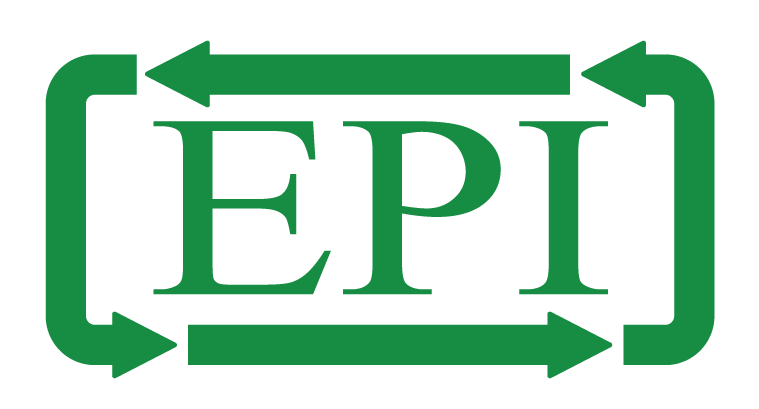Industrial Membrane Plants
Membranes have wide applicability across many industries and have become accepted as reliable workhorses used for tackling issues such as water use, discharge compliance and high quality services delivery. Please read on for some examples.
Need remote access or SMS messaging on your membrane plant? No problem!
The example applications below are supported by full local design, engineering and implementation:
Contact us to discuss your particular application
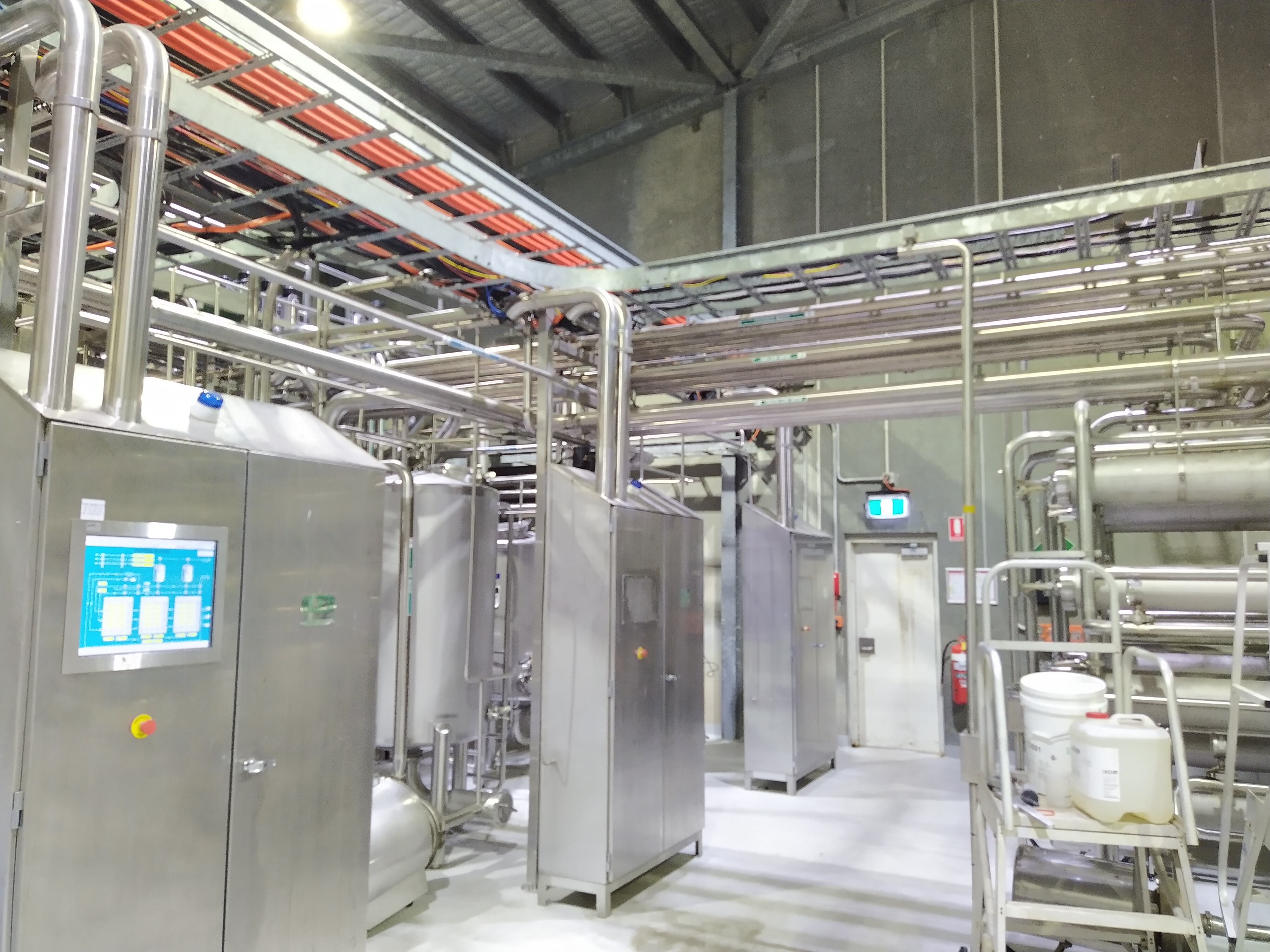
Condensate Recovery
Evaporator condensate is an excellent source of re-use water. In the Dairy Industry, the water removed during the evaporation of milk can be captured. This water is mainly of good quality, with low TDS and low solids. However, it does contain organic contaminants, odour and BOD. These contaminants combine to make the condensate unsuitable for use in all but the lowest grade applications. However, if the condensate is processed through a special reverse osmosis (RO) plant, the quality can be improved markedly. A simple post treatment can then make the “polished” water suitable for widespread re-use.
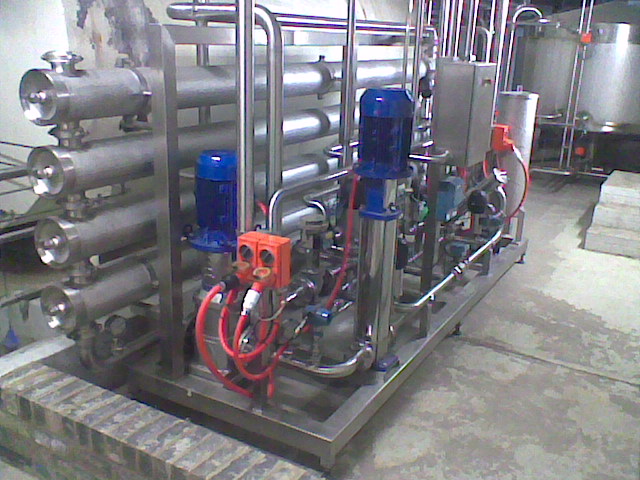
Caustic Recovery, Acid Recovery
In recent years EPI has installed several very successful chemical recovery and chemical re-use systems, both in new plants and retrofitting existing operations. Obvious benefits are chemical savings, effluent TDS reduction and effluent pH control. Depending on the application 80-90% of the chemical solution can be recovered for re-use. This applies to both the caustic and acid streams. By applying this percentage to your own chemical and effluent figures, you will get an idea of the savings to be had. Customised solutions can include clarification and NF or UF membrane treatment. Ideal applications are “use and dump” systems, such as evaporator CIP.
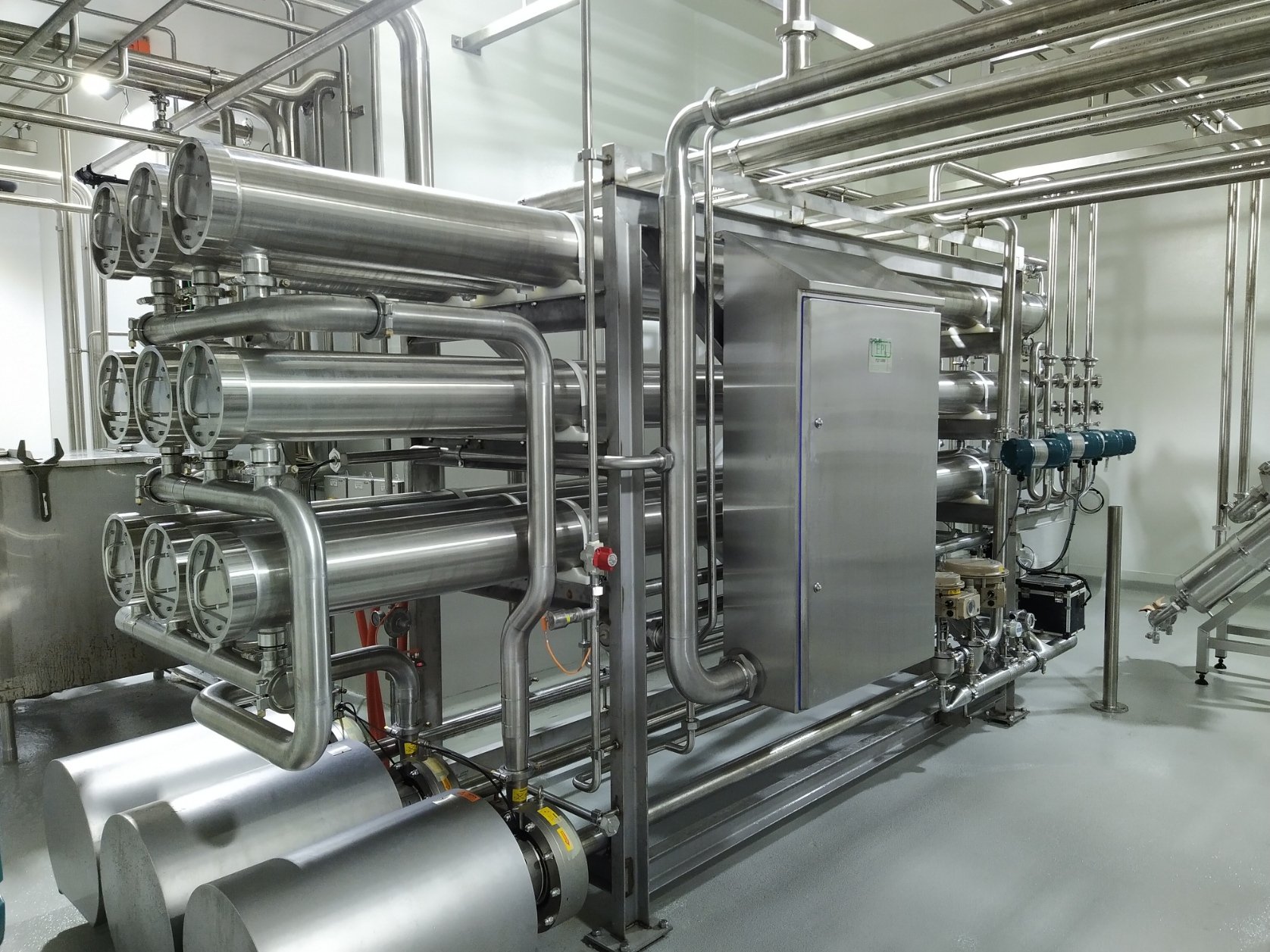
Brine Recovery
Brines used in cheese manufacture, meat processing and vegetable processing are quickly dirtied by proteins, bacteria and other contaminants. Untreated, these streams need to be dumped regularly with a resultant heavy TDS (sodium, chloride) effluent loading. Microfiltration (MF), Ultrafiltration (UF) or Nanofiltration (NF) membranes will freely allow Na and Cl passage, whilst preventing the passage of contaminants. Hence, using membrane processing it is possible to continuously clean up the brine and simultaneously reduce effluent and improve product quality.
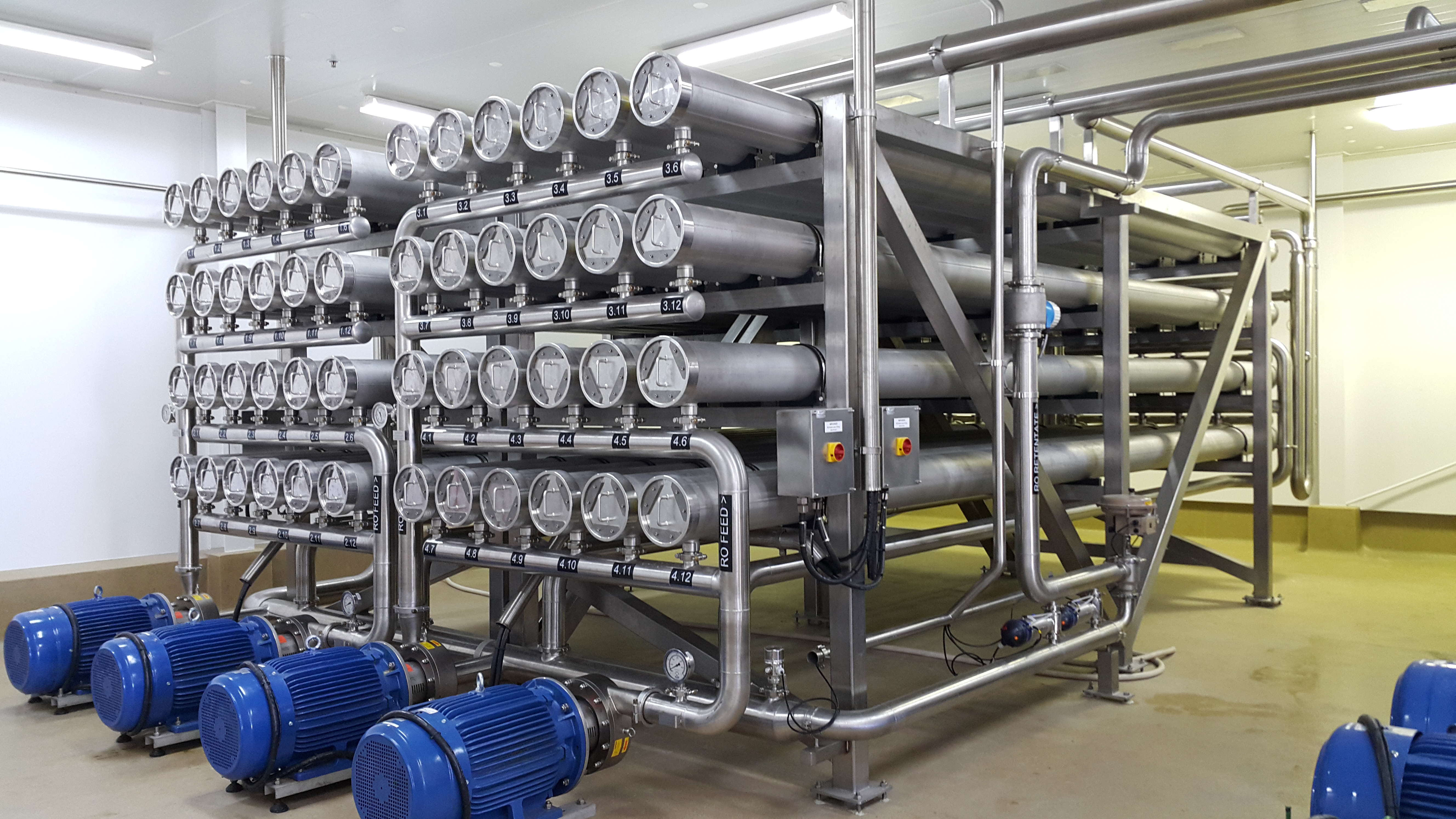
Water From Effluent
Both municipal and industrial effluents are now valid sources of re-use water. Some of the streams suitable to recover water from include: “end-of-pipe” cheese factory effluent; municipal effluent (sewer mining); MBR treated wastewater; secondary effluent (ex conventional wastewater treatment); DAF, IAF, Jetflote treated wastewater.
Industrial Water Recovery
All sorts of other industrial streams are available for recovery and use. Some of the streams we have treated include: nanofiltration permeate (with high BOD, sugars and TDS); mine wash water (high TDS); pulp and paper wastewater (high colour and TDS).
Seawater Desalination
With Australian rainfall consistently declining, seawater desalination is a realistic option as a secure potable water source. This is particularly true for remote locations or specific industrial sites. Plants in the size 100 kl/day to 1 Ml/day are large enough to be viable, but small enough to bypass some of the perceived negatives around seawater extraction and concentrate discharge.
Beverage Water Treatment
Water quality plays a crucial role in the manufacture of beer, carbonated beverages, reconstituted juice and mineral water. As well as using membrane plants to deliver the high quality water required we can assist with degasification and turnkey sanitary CIPable process solutions.
Brackish Water Treatment
Brackish water (e.g. bore water) is an ideal source of potable water. Membrane treatment can economically reduce the TDS levels to make brackish water suitable for potable use or for industrial use (e.g. boiler feed water), where high TDS creates issues. Brackish water plants use far lower pressures that seawater desal and are significantly cheaper to purchase and run.
Membrane Degasification
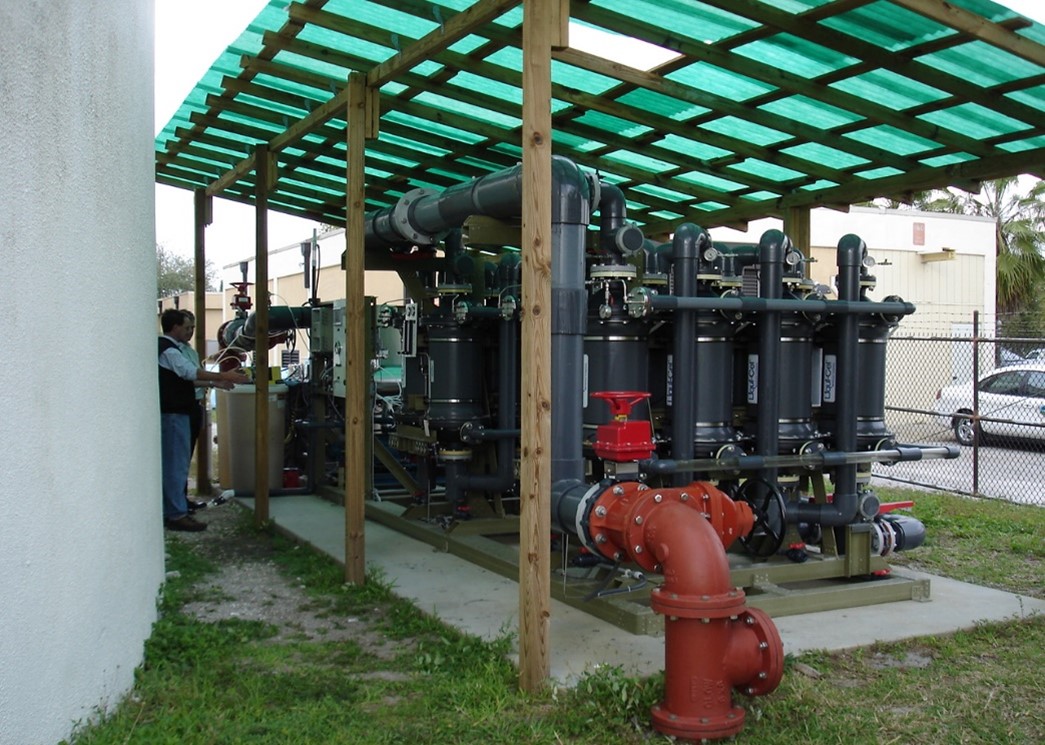
Membrane contactors can be used to remove or control oxygen levels, carbon dioxide levels and nitrogen levels in water and other solutions. The time it takes to degas a solution is greatly reduced due to the large surface area the Hollow Fiber Membrane provides for gas transfer versus the traditional vacuum degassing tank.
The biggest applications are to:
- reduce scale in boilers (reduce oxide formation)
- improve quality of and extend beverage shelf life
- CO2 removal to improve ion exchange performance
- remove carbon dioxide from water without any chemical pH adjustment
High Purity Water
If you need a specialised high purity water such as nitrate, low chlorate, low fluoride demands we can deliver combination systems including pre-filtration, sterilisable GAC (activated carbon), ion exchange, RO and more. From sample analysis we provide the appropriate process treatment, so that specific analyte profiling is achieved.
Water purity is possible to very high standard, be it ultrapure water, water for injection, water for electronics or similar. Please contact us with requirement details
TDS Reduction, N Reduction
Many effluent streams are not able to be used for irrigation or other re-use options solely due to one particular component being above critical limits. The selective nature of membrane processing means that UF, NF or RO can be used to reduce component levels in order to meet specification.
Salty Whey Recovery
Salty whey is a high salt byproduct of cheesemaking. This stream still contains valuable protein and lactose. Using NF membranes it is possible to both recover the protein and lactose and simultaneously dramatically reduce the COD of the effluent stream.
